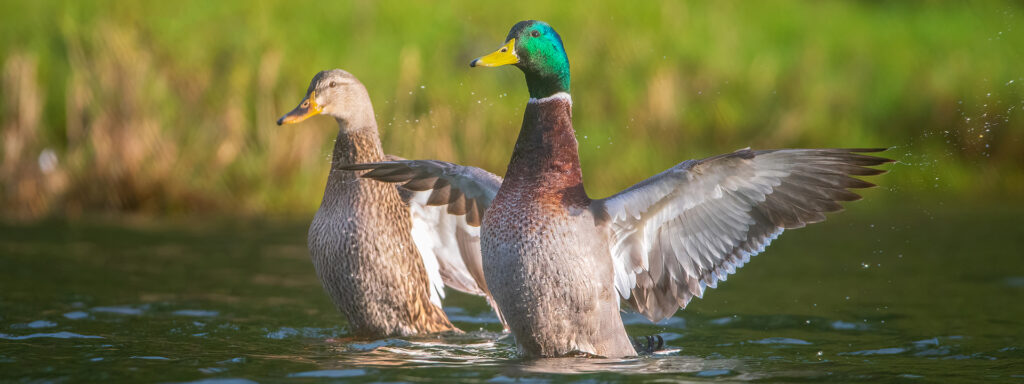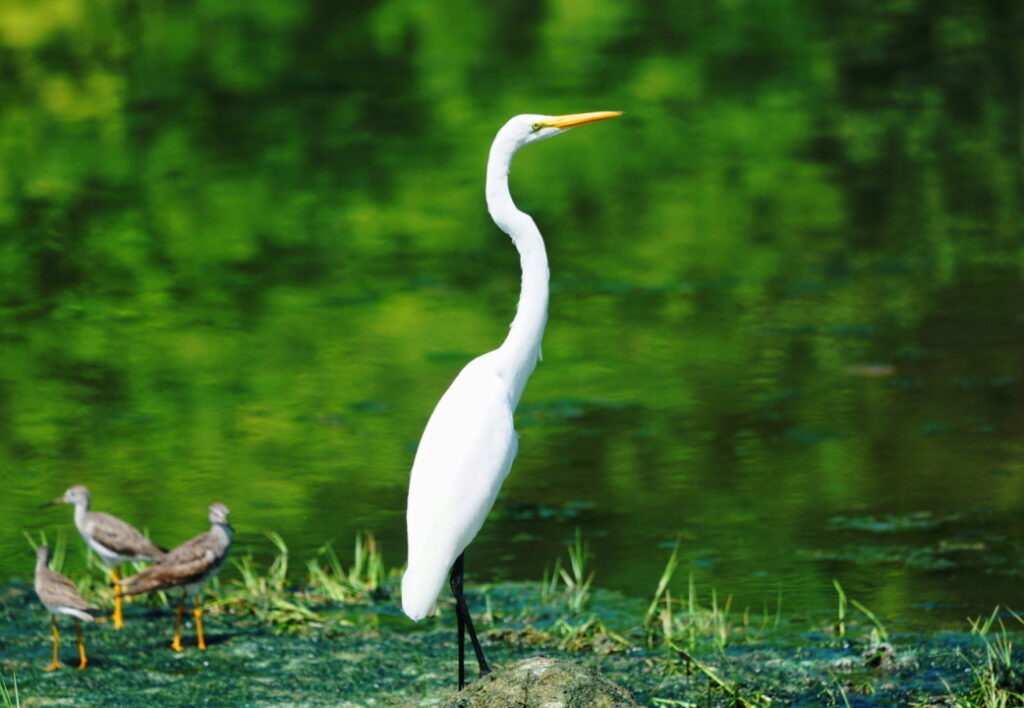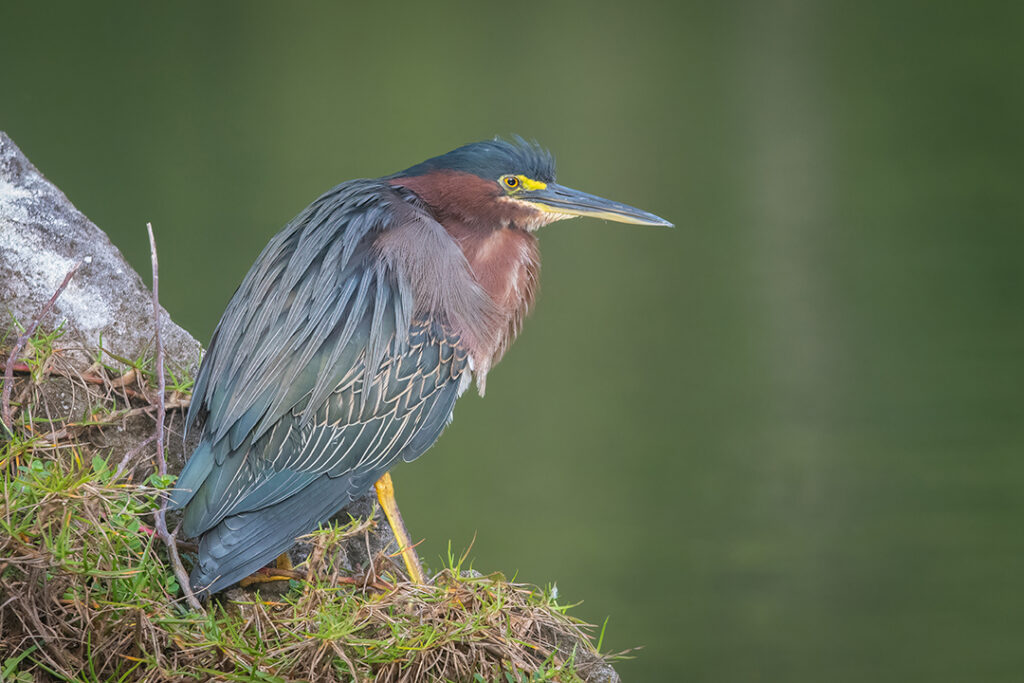
The winter months in Bermuda can be very rewarding for birdwatching, as many migrant species remain to spend the winter in Bermuda. It is possible to see more species in a single day than at any other time of the year. The National Audubon Society of the U.S. has held a Christmas Bird Count for over 100 years. Bermuda has taken part in this count since 1974, averaging about 90 species per count, although about 250 species have been recorded in total. So it’s a good time to be out with your binoculars.


As one might expect, water birds tend to be more in evidence in winter, most having arrived from continental America. Pied-billed Grebes and American Coots take up residence in fresh-water and brackish ponds. Double-crested Cormorants fish in inshore waters and often form a roost of up to fifty birds at the west end of the island. Herons and egrets regularly roost at Spittal Pond: Great Egret, Snowy Egret, Little Blue Heron, Cattle Egret and Green Heron. The large Great Blue Herons tend to roost separately and are much in evidence during the day in the Great Sound and Hamilton Harbour islands. Much more difficult to see is the American Bittern, nearly always cryptically camouflaged amongst the tall grasses and cattails of the marshes.
Material adapted from “A Birdwatching Guide to Bermuda” by Andrew Dobson, Arlequin Press 2002.
